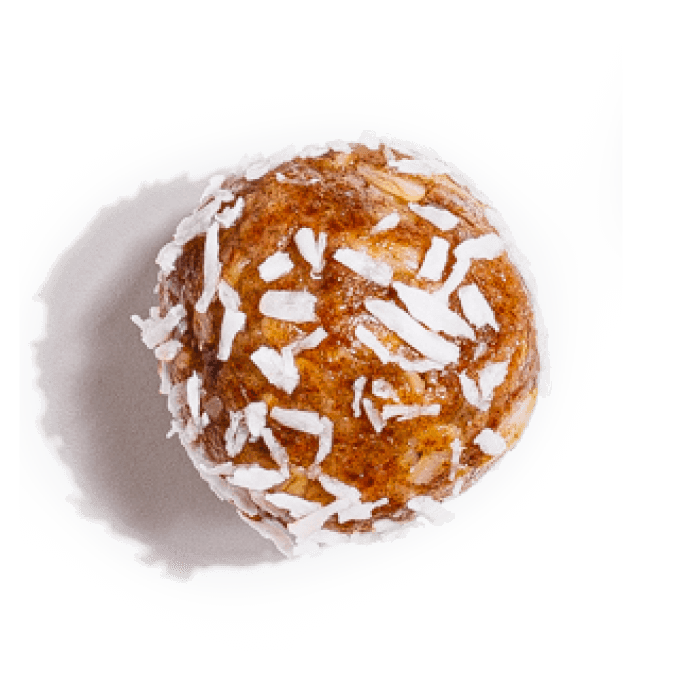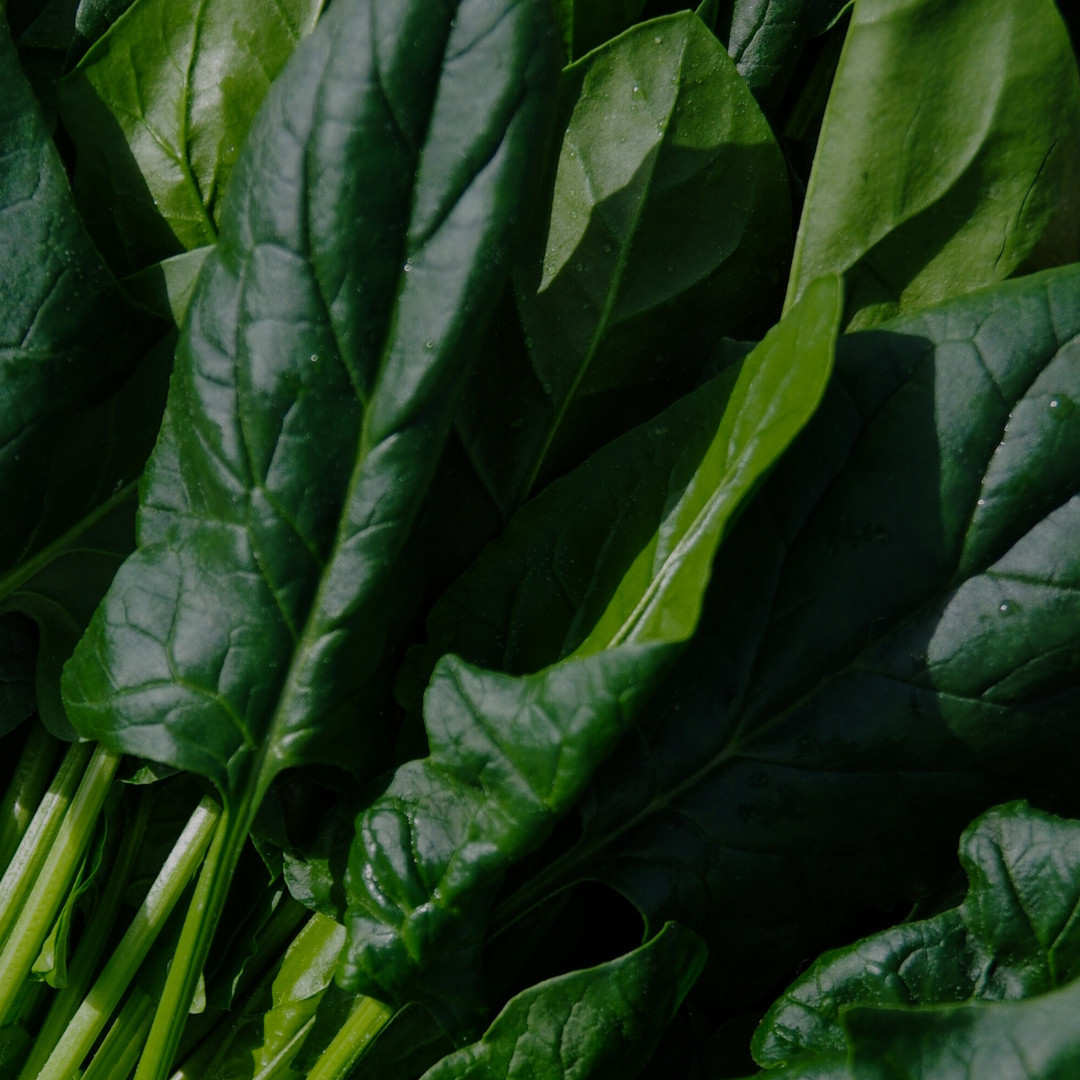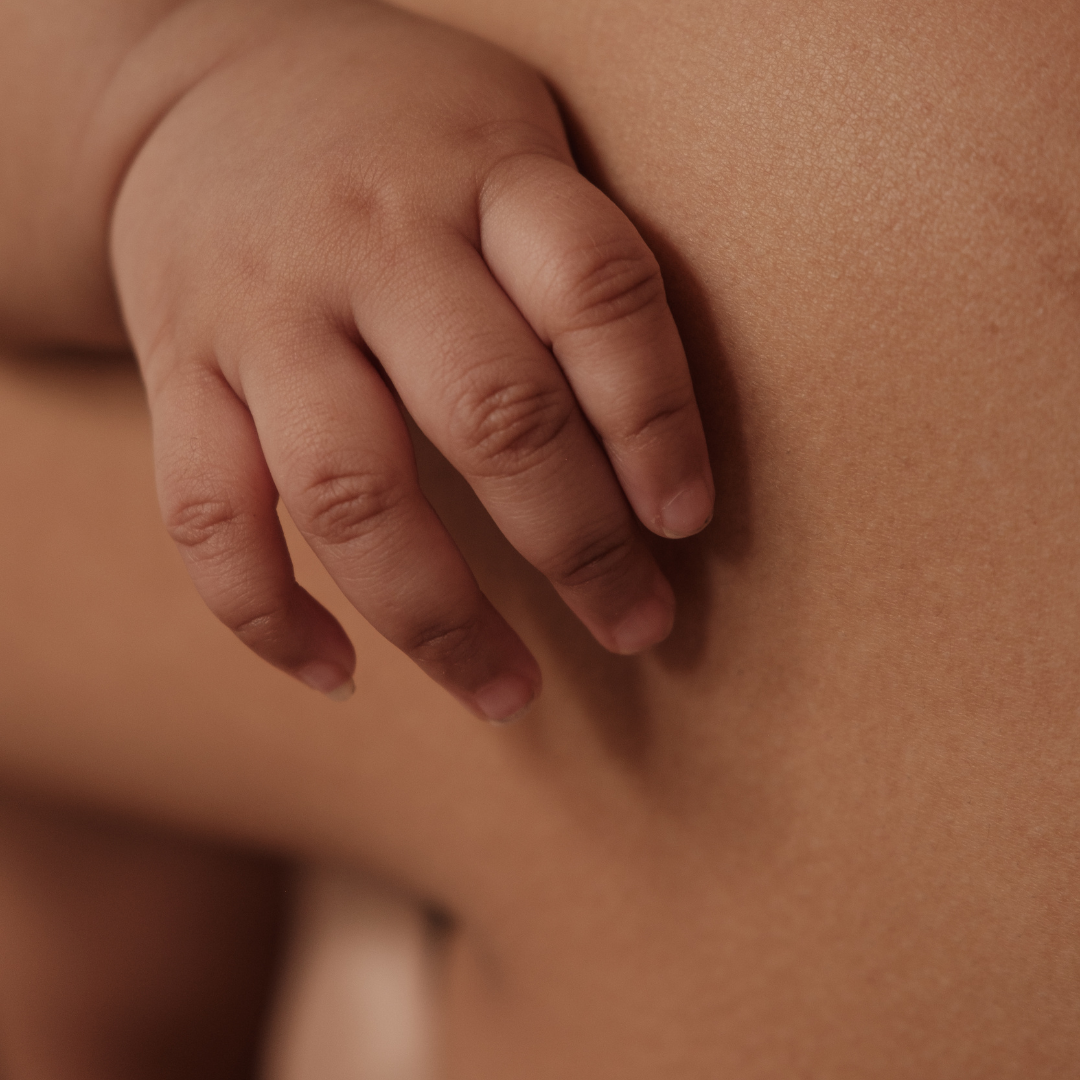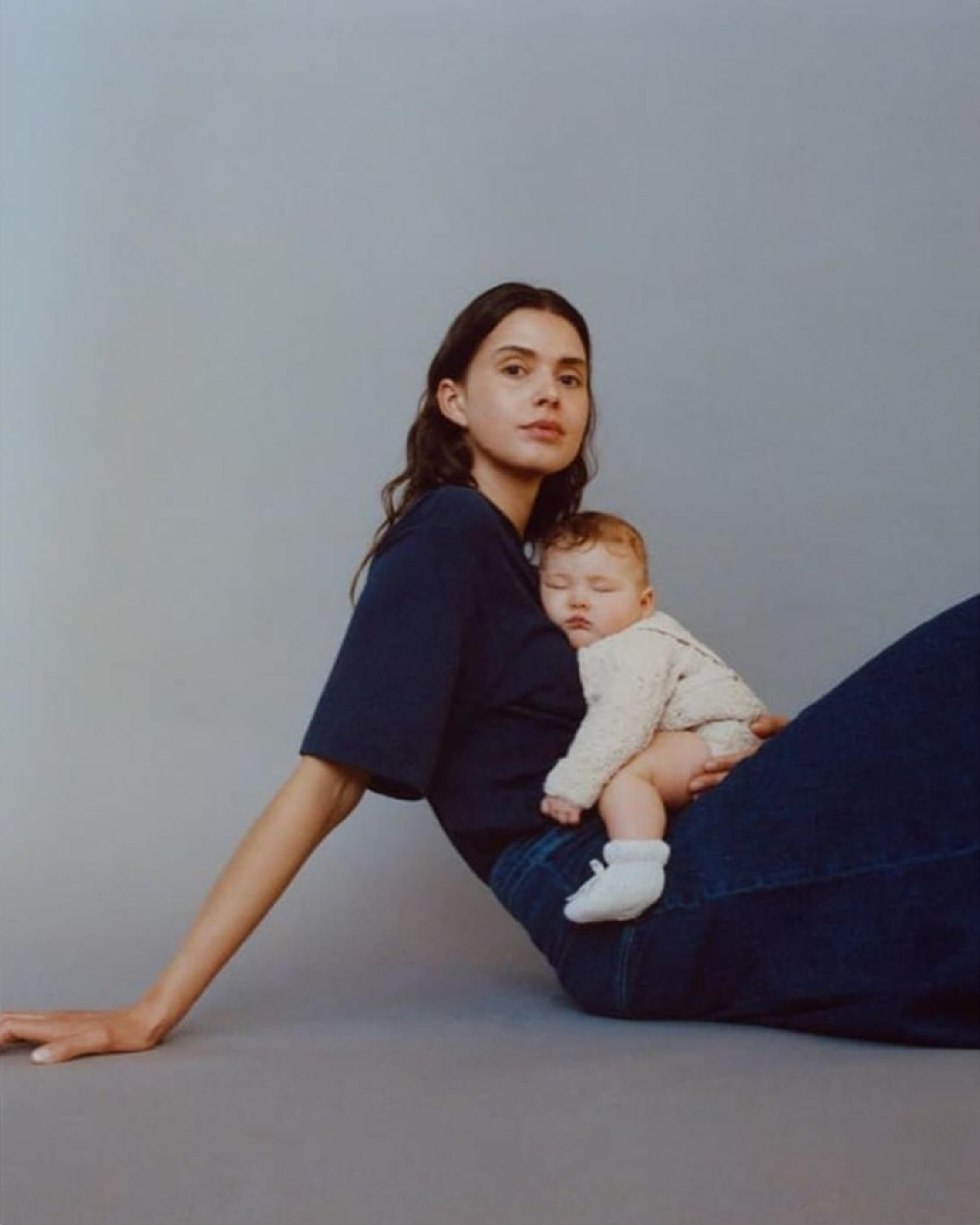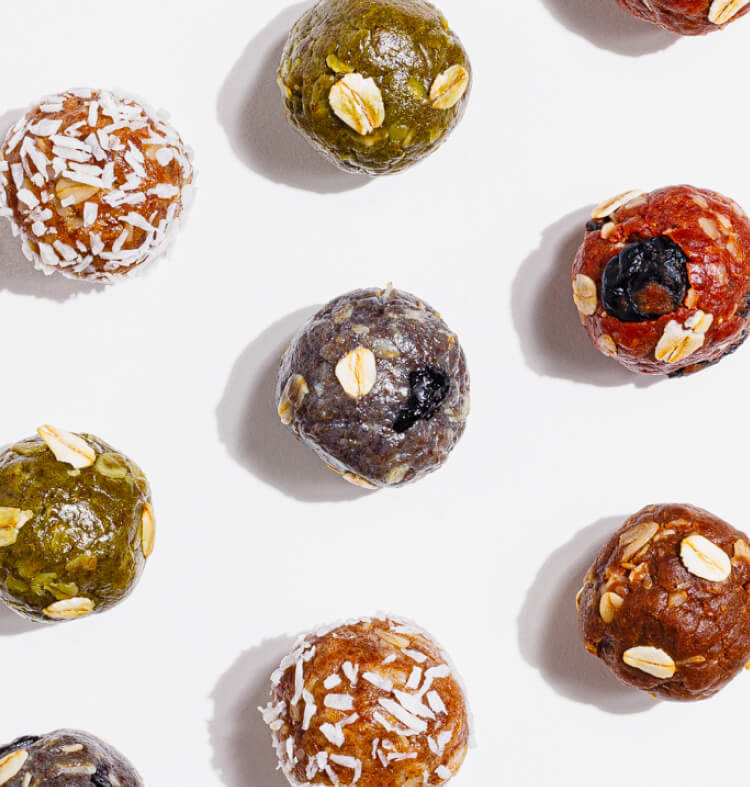By: Morgan Michalowski, NP, CNM, IBCLC
Breastfeeding the First Time
If breastfeeding doesn't feel natural to you, you're not alone! It takes practice to figure out how to hold your baby, shape your breast, and get the baby latched. Because it takes practice, you might have transient nipple pain during the first few days of breastfeeding.
Here are top tips to get you started:
- Feed your baby on cue so your baby gets the right amount of food to grow. (Bonus: feeding on cue protects your long-term milk supply! The more frequently you feed in the first few hours of life, the more milk you make in 6 weeks!)
- Watch for these early feeding cues: rooting, lip smacking, breast crawl, or hands to mouth. A late feeding sign is crying!
- A hungry baby is not patient. Latch your baby before they're starving, so you have time to troubleshoot a painful latch. Keep your baby skin-to-skin for frequent and quiet feedings.
- Breastfeed in the position that feels most comfortable to you. Options include: cradle, cross-cradle, football, side-lying, and ventral hold.
- Breastfeeding shouldn’t feel painful! You should feel a tugging or pulling sensation while your baby is latched. If you feel pinching or biting, re-latch your baby for a better fit.
- Your nipple should look the same coming out of the baby's mouth as it did going in. If your nipple looks like a fresh tube of lipstick, your baby wasn't latched deep enough.
- If you see visible nipple damage like blisters, red creases, or bleeding nipples, get help from a lactation consultant!
- You don’t need to feed your baby from both breasts with each feeding. If your baby is content after actively eating for 10 minutes or more from one side, you did your job!


